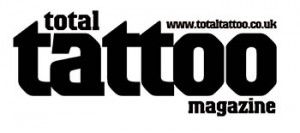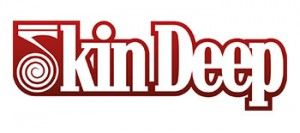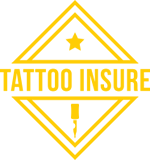What is Business Interruption?
Posted: December 27, 2024 at 3:00 pmBusiness Interruption Insurance is designed to protect businesses against the financial impact of unexpected events that disrupt your business and prevent you from trading.
Here’s a closer look at what this level of cover can include:
What It Can Cover:
- Loss of Income: This would look to recover lost revenue during the period when your business is unable to operate.
- Ongoing Expenses: Covers expenses that continue even if your business is temporarily closed, which can include things like your business rent and rates.
- Temporary Relocation: Some policies will provide cover for the costs that could be associated with moving to and operating from a temporary location.
- Recovery Expenses: Costs of getting your business back up and running; for example if there is smoke damage and you’ve insured your contents. Cover will be provided to replace any damaged equipment and ensure you can start trading again.
*The above is subject to policy terms, conditions and limitations and is purely for example purposes only, self employed artists would not be covered as standard.
Common Causes For A Business Interruption Claim At A Tattoo Studio:
- Fire: Damage from fires or smoke damage that prevent you from welcoming in customers for appointments.
- Natural Disasters: This would include situations such as floods, earthquakes, storms, etc.
- Prevention of access: Loss as a result of damage to property near the premises (within a certain radius) which prevents or hinders access to the premises.
*The above is subject to policy terms, conditions and limitations and is for example purposes only,
If you’re still considering including this cover for your tattoo studio, keep in mind that the additional investment now could be very useful in the future. This is especially true for providing financial support to help you rebuild your business and get back on your feet if any unexpected event arises.
How do I know if my policy includes Business Interruption coverage?
Our team is always happy to discuss a new quotation with you to ensure you have the correct level of insurance in place for your business. If you’re a current policyholder with us, please contact our team. They will be able to advise you on your current levels of cover and assist you with extending the policy if this cover is required.

IMPORTANT – It is your responsibility to ensure that the level of insurance cover you purchase will cover you and your company needs in the event of a claim. We strongly recommend taking the time to review your annual gross profit and the current costs of replacing your business contents, stock and equipment.
Here at Tattoo Insure, we’re passionate about the Tattoo Industry, which is why we make this our primary focus, our team are ready to answer any questions you might have and assist you with a policy that meets all your business needs and requirements.
We’re open on Monday to Friday, from 9am until 5pm.
You can call us on 01604 615411 or 01604 615427
E-mail over on info@tattooinsure.co.uk or obtain a no obligation quotation by following the link below.
If you’d like to follow us over on social media, we’re on Instagram & Facebook.
Communicable Disease
Despite any provision to the contrary within this policy or any endorsement attached thereto, this policy does not insure any loss, damage, claim, cost, expense, or other sum of any nature whatsoever, directly or indirectly based upon, arising out of, attributed to, caused by, or relating to, in whole or in part: 1.any Communicable Disease (actual, threatened, perceived or suspected); or 2.any act, error, or omission in controlling, preventing, or suppressing, or failing to control, prevent, or suppress, or in any way relating to any actual, threatened, perceived or suspected outbreak of any Communicable Disease. This exclusion applies regardless of any other cause or event contributing concurrently or in any other sequence with or to such loss, damage, claim, cost, expense, or other sum. Any actual, alleged, threatened, perceived, or suspected presence or existence of any Communicable Disease at, on, in, affecting, impacting, or impairing any property, or preventing any use of any property, shall not constitute loss or damage whether physical or otherwise, or loss of use to tangible or intangible property. The presence of a person or persons at an insured location that is/are possibly infected with a Communicable Disease or is/are actually infected with a Communicable Disease shall not constitute loss or damage, whether physical or otherwise. With respect to this endorsement, the following definition is added: Communicable Disease means any illness, sickness, disease, infection, condition, or disorder caused, in whole or in part, by any direct or indirect contact with or exposure to any virus, parasite, or bacteria or any disease-causing agent of any nature regardless of the method of transmission, contact or exposure.








